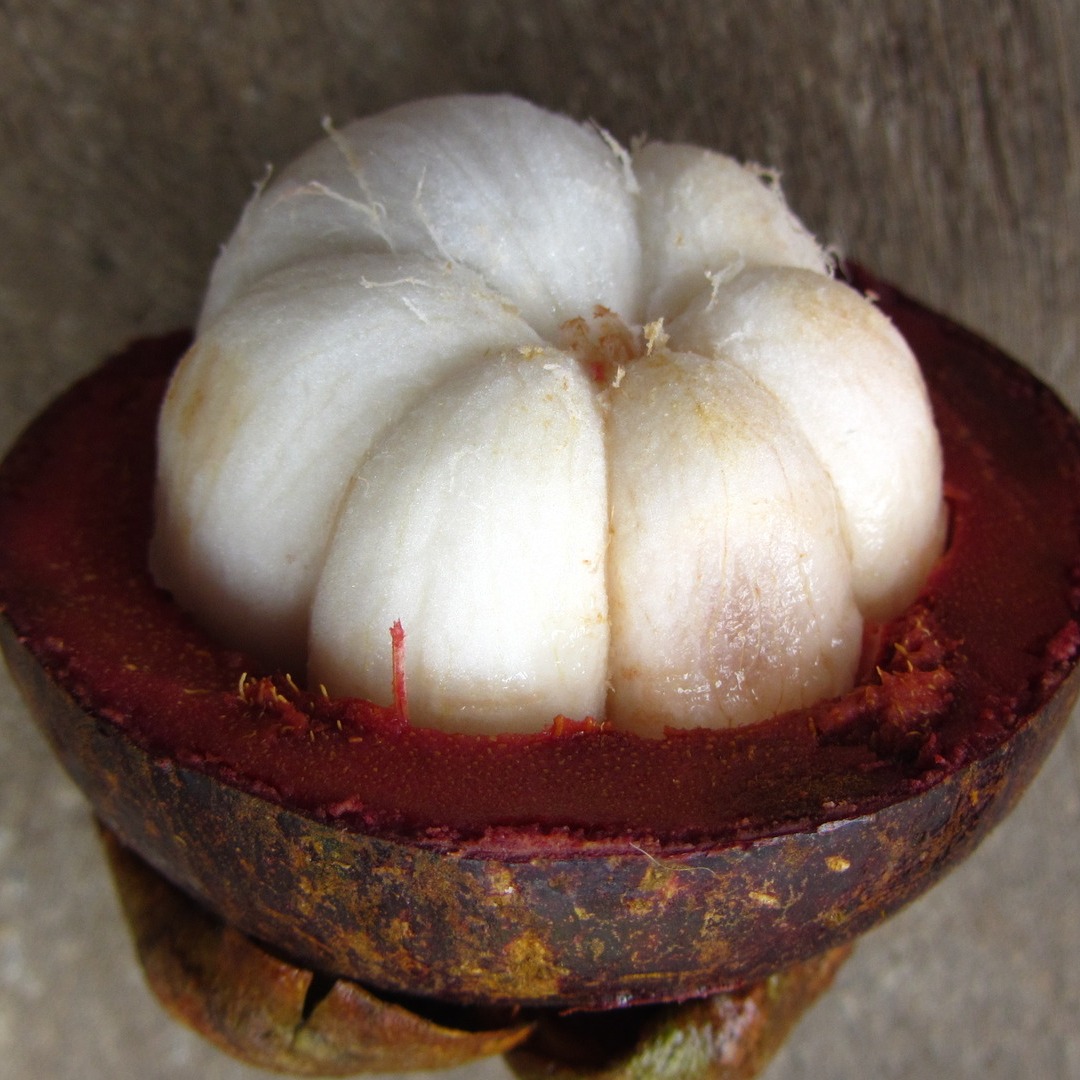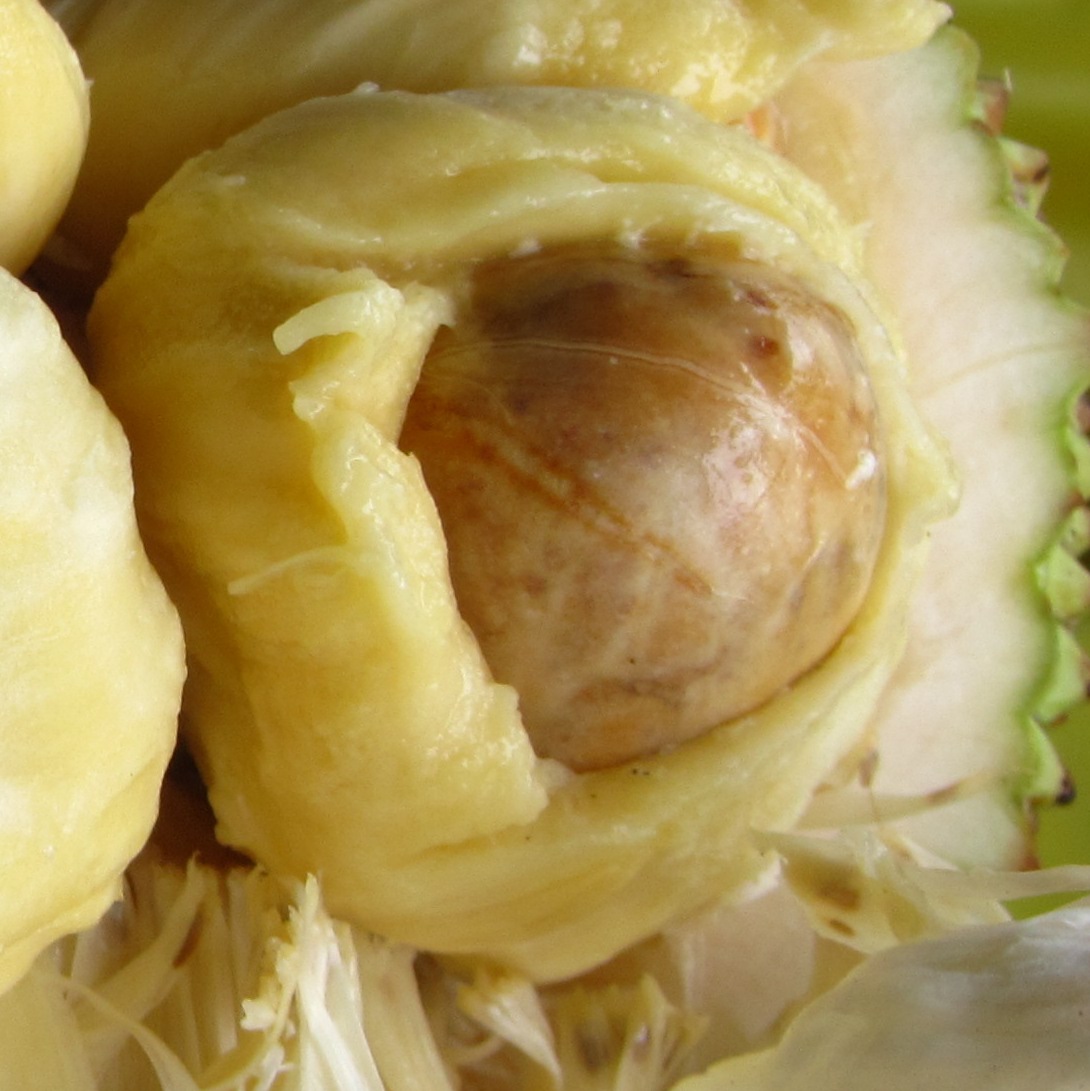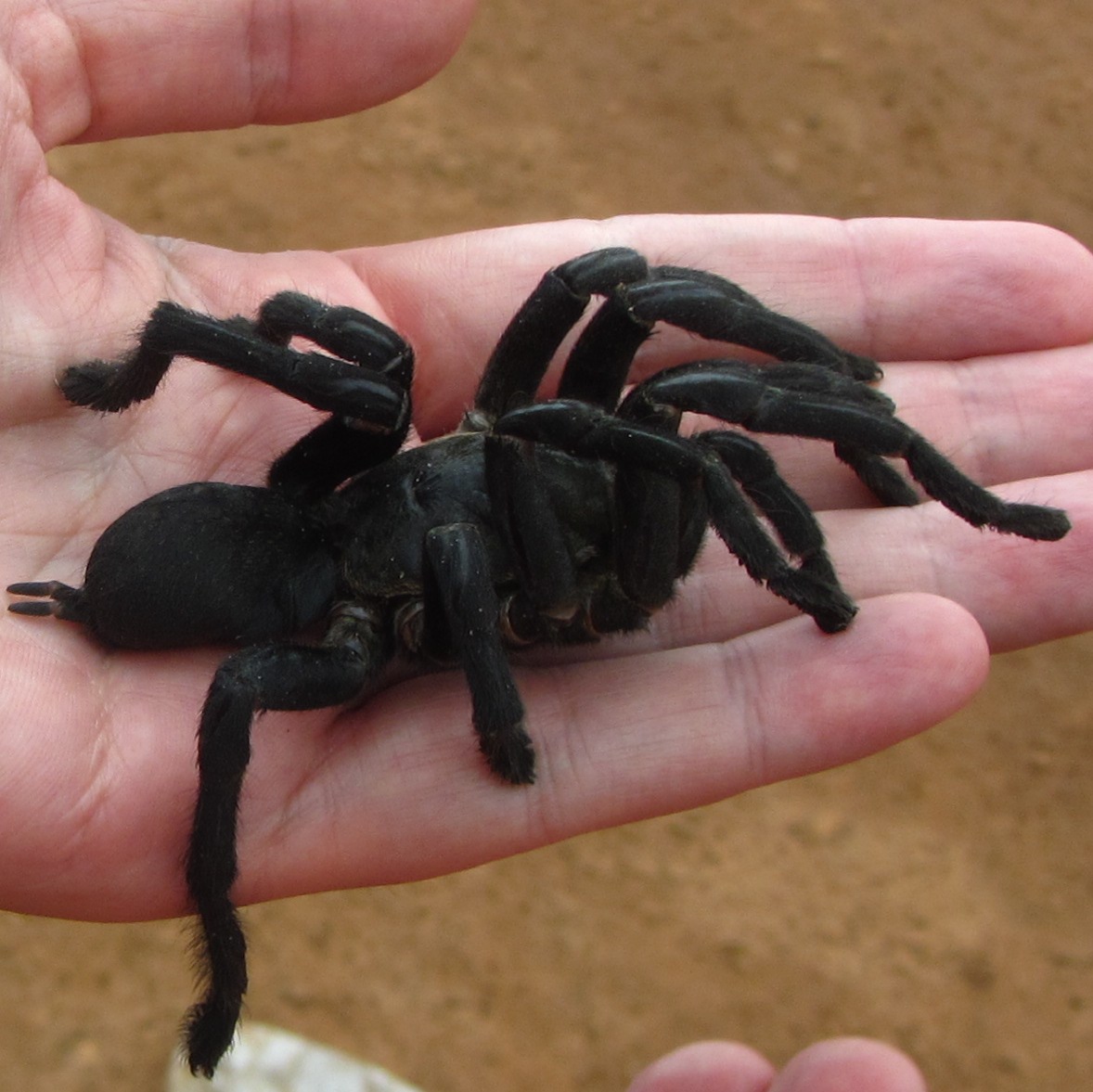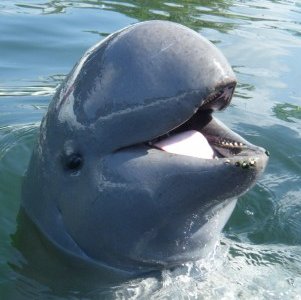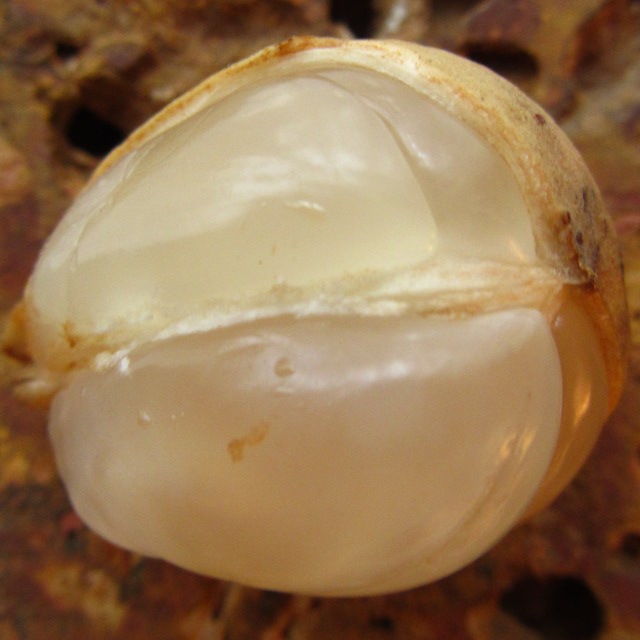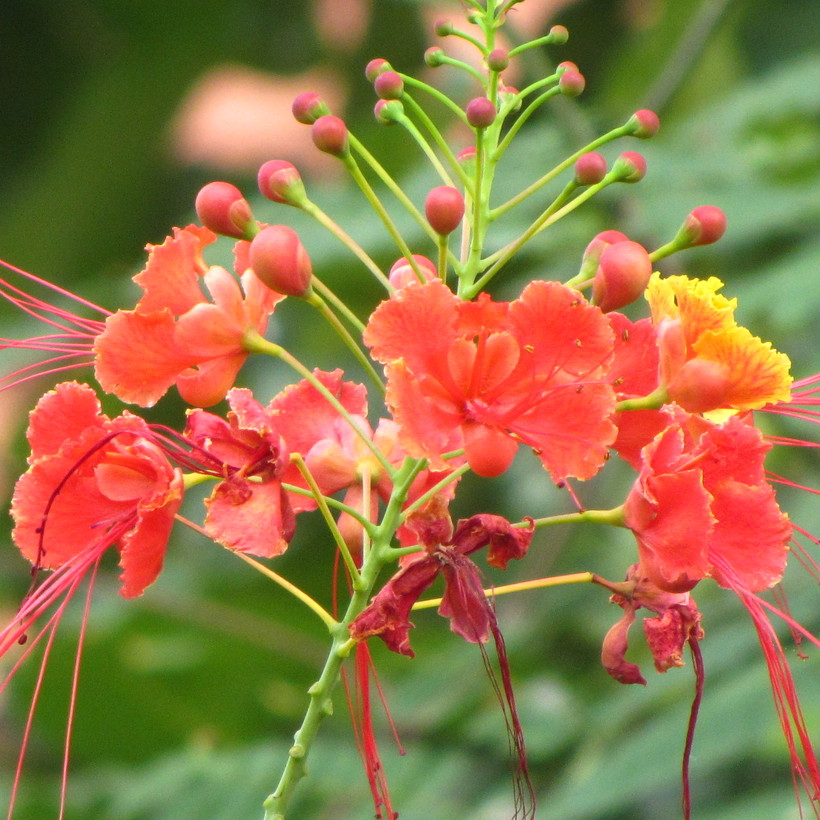
One of the most popular ornamentals cultivated in many gardens around Cambodia is Peacock flower (Caesalpinia pulcherrima). This shrub produces striking flowers in red, orange, pink and yellow colours, and as a result of its beauty and ease of cultivation, it has spread to just about every corner of the tropical world. In fact, the plant has been grown so widely that its exact origin is a matter of dispute – some botanists believe it was first discovered in the Caribbean (one of the plant’s popular name is “Pride of Barbados”) or central America (where is is known as “Mexican Read More
